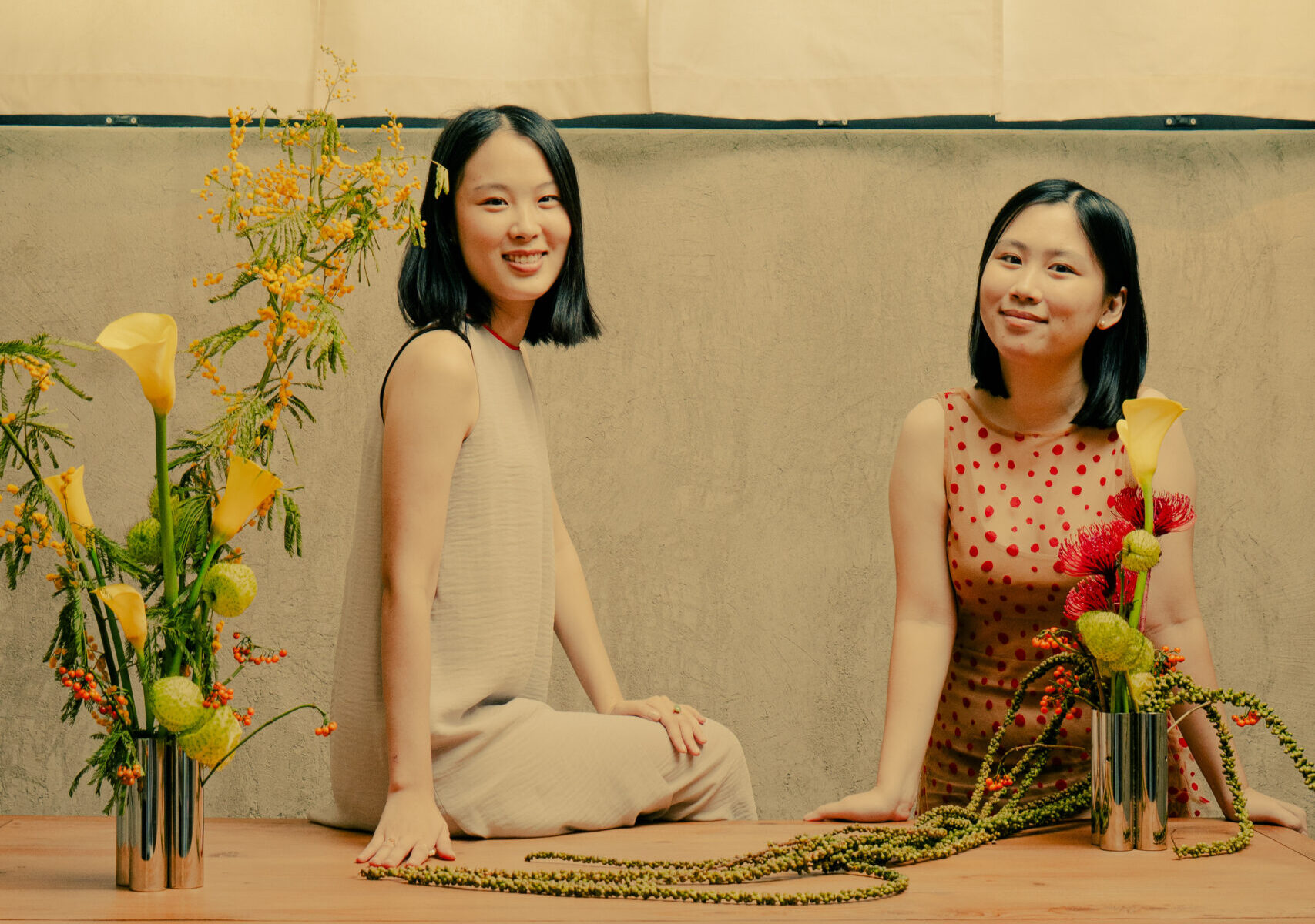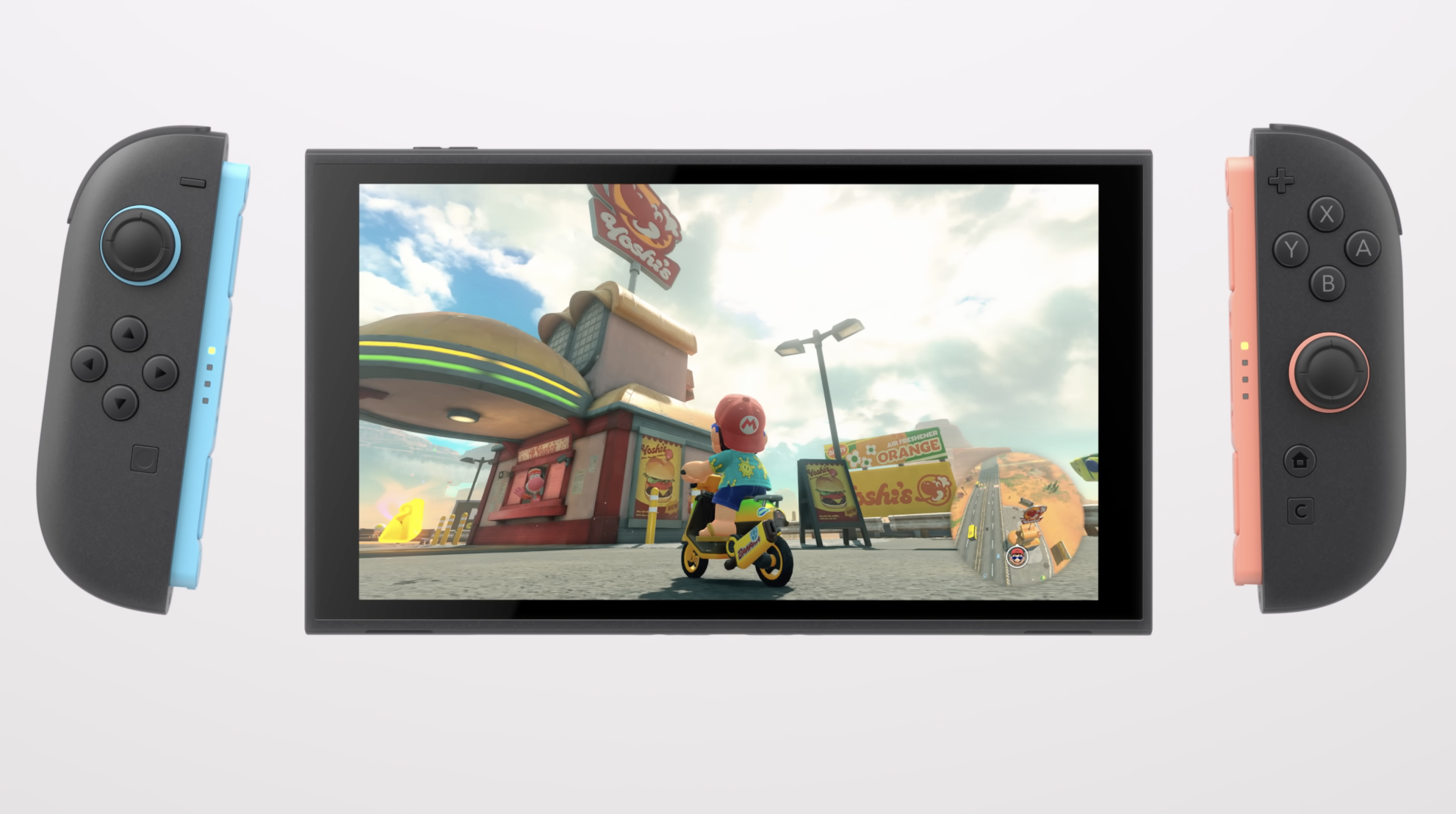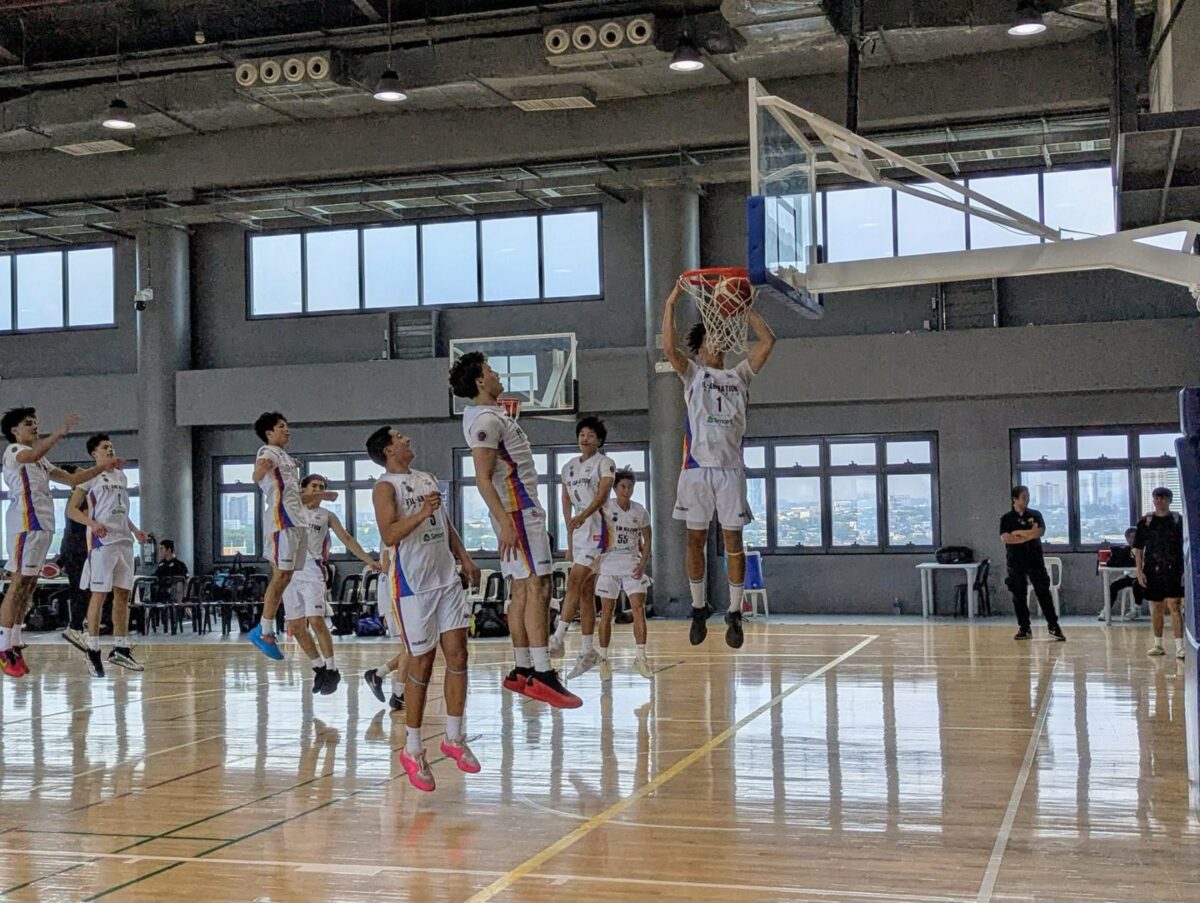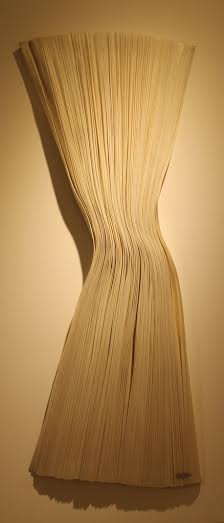
AT THE Singapore I Light Festival in 2012, she dazzled the audience with her glowing “Coral Garden.” For this visual spectacle, she used 80,000 cocktail stirrers. For the WWF Philippine Marine protection campaign, she conjured an extraordinary underwater installation out of a multiplicity of discarded clear plastic bottles.
At her previous solo show at the Altro Mondo Gallery titled “Sacred Geometry,” she turned thousands of pins into delicate miracles of spiky ambiguities. In her hands, unexpected materials seem to respond with such an immediacy as to alter their form.
How she approaches her materials with so much sensitivity and tenderness—where other sculptors will confront, cajole and demand—seems to be the precious lesson we are learning from the French-Filipino artist Olivia d’Aboville.
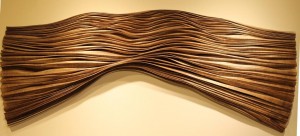
Seashores and sand dunes
And now, with her current “Surface” show at Altro Mondo, D’Aboville explores the sculptural potential of another material not common to sculpture, or at least, to the concept of sculptural form.
It should not be surprising that D’Aboville should finally engage textile or fabric as sculptural material. After all, she studied and trained at the prestigious Duperré Textile Design School in Paris, where she was made aware of the potential and dimensions of fabric beyond its design and decoration.
In these particular works, she describes her material as “digitally printed abaca mixed with polyester textile.” On this substance, D’Aboville has imposed her deft and masterly control, an elegant simplicity that summons a variety of complex feelings for the images that they invoke in our imagination.
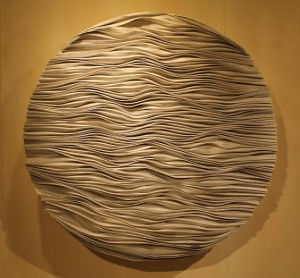
Disembodied energies
Of extreme subtlety is the emanation of light and darkness that radiates from between the folds and pleats of fabric, tapping into the shyest earthen shades and undulating by turns at irregular intervals or in sinuous serpentine motion.
One feels the compressed energy which D’Aboville has packed into these fragile-looking folds that, in fact, deceptively express the power of a vast and overwhelming nature. Each work is a thoroughly contained piece. She has animated—with rhythm, intuition, intensity and, yes, a sense of majesty—what was otherwise a passive and inert object, without compromising or condescending to the material.
Her works do not ape what we will comfortably and assuredly accept as sculpture. Rather, they prevail upon the viewer as appearances of sculptural form, capable of enfolding us or distancing themselves as disembodied energies.
What provokes the imagination of Olivia d’Aboville upon sight of any material is its transmission of elusive and ephemeral currents and messages that solicit her feedback and reaction. For despite the plenitude of her recycled materials, she is much too aware that nature itself cannot be recycled.
Altro Mondo Gallery is on 3/L, Greenbelt 5, Ayala Center, Makati City. For inquiries, call tel no. 5013270.

